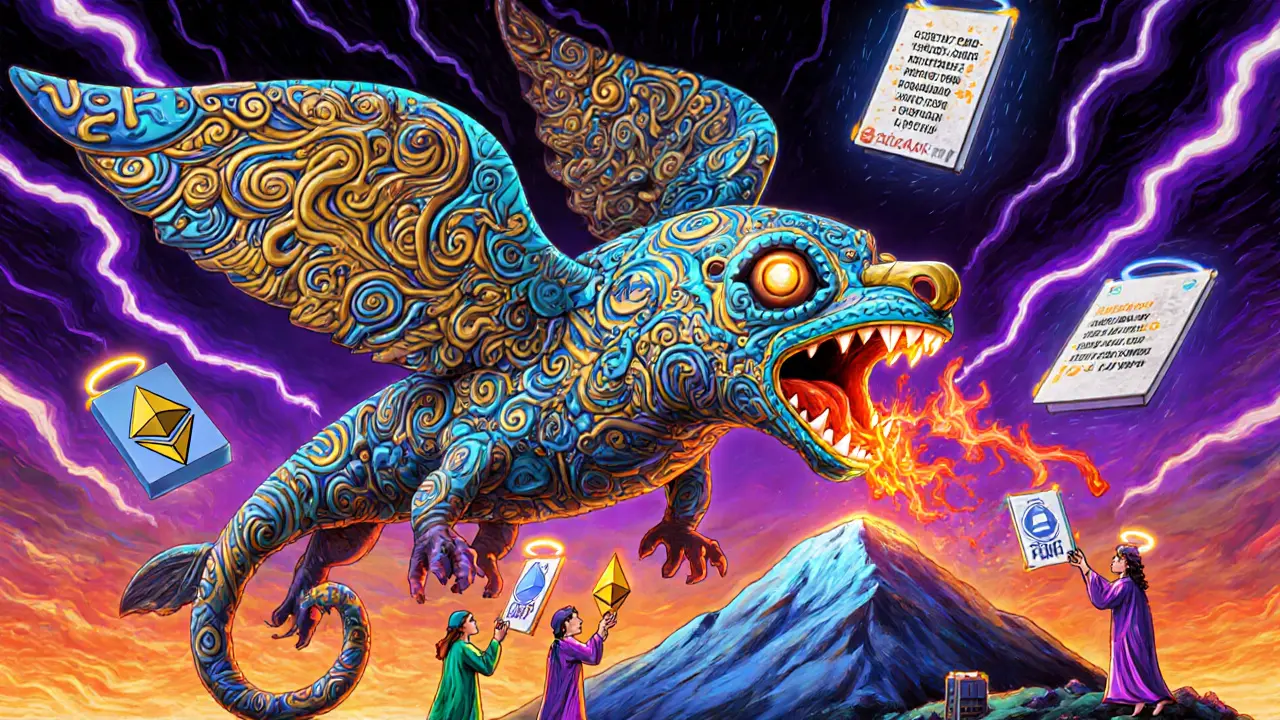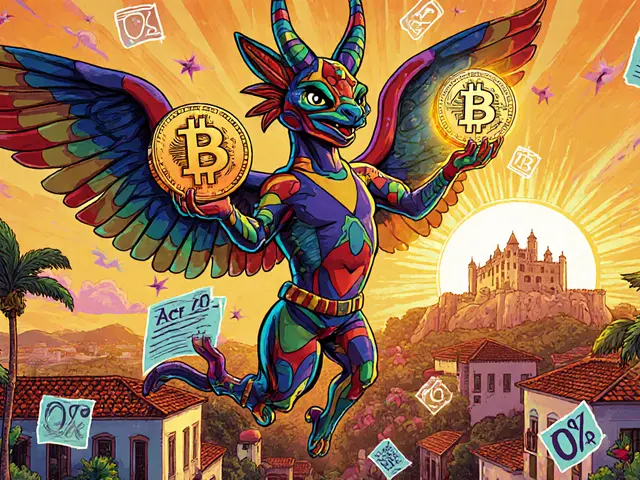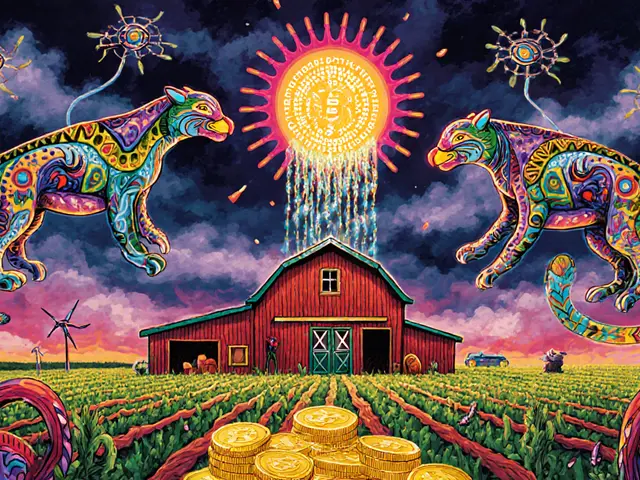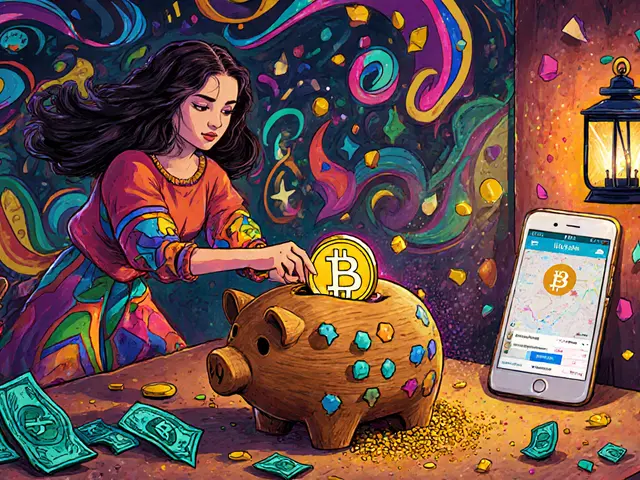Ethereum NFT: What They Are, How They Work, and Why They Matter
When you hear Ethereum NFT, a unique digital asset stored on the Ethereum blockchain that proves ownership of something virtual, like art, music, or event access. Also known as ERC-721 tokens, they're not just pictures—they're verifiable proof you own something no one else can copy. Unlike Bitcoin, which is just money, Ethereum lets you build things—like digital collectibles that can't be duplicated or stolen. That’s why most NFTs live on Ethereum: it’s the only blockchain that lets you create, trade, and prove ownership of one-of-a-kind items without a middleman.
These aren’t just JPEGs. Real use cases are everywhere. Take POAP, a type of NFT badge that proves you attended a real event—like a conference, concert, or crypto meetup. Also known as Proof of Attendance Protocol, these digital souvenirs can’t be sold or traded, but they carry weight in communities because they’re permanent, public records of your participation. Then there’s fan tokens, like the Diyarbekirspor Token (DIYAR), a token tied to a Turkish football club that gives holders a sense of connection, even if it has no real trading volume or utility. These show how NFTs aren’t just for artists—they’re for clubs, events, and even failed experiments trying to build loyalty.
But not all Ethereum NFTs are created equal. Some are backed by real activity, like POAPs used by major Web3 events. Others, like DIYAR, sit unused because no one’s actually using them. The difference? Utility. If an NFT gives you access, proof, or a role in a community, it matters. If it’s just a picture with no function, it’s noise. Ethereum NFTs thrive when they solve a real problem—verifying attendance, granting entry, or representing ownership in a way that’s impossible on the web before blockchain.
What you’ll find below are real stories about what Ethereum NFTs actually do—some groundbreaking, some dead on arrival. You’ll see how people use them to prove they showed up, how scams hide behind fake tokens, and why the best ones don’t need to be sold to be valuable. No hype. Just what’s working, what’s not, and what you should care about.










